Sessions
Android Wear
Android Wear organizes your information, suggests what you need, and shows it to you before you even ask. Get messages from your friends, appointment notifications, and weather updates at a glance.
Android Wear connects your phone to your wrist. Pause, play, and skip music tracks or quickly respond to text messages from your watch.
Wear works with phones running Android 4.3 or higher. Visit g.co/WearCheck on your phone to see if it’s compatible.

Google Glass
We love wearable computing especially Google Glass for which we want to gather the break up community in order to boost innovation.
Coding an app on Google Glass needs its Rockstar Dev : the team needs a fast learner with solid skills on Android. He knows his way around Android SDK, already checked the Glass Development Kit (GDK) quick start guide allowing him to jump start developing an app for Glass.The Designer has the hard task to build the visual identity from the ground up, he has strong UX knowledge and a deep understanding of the new rules set by the Glass. His design skills give him the credibility to decide the most effective UI and the most compelling Glass experience.
Web Components
Building a multi-device app is extremely challenging, unless you’re an expert developer. It’s time for the web to get its own collection of fast, beautiful, and responsive by default components.
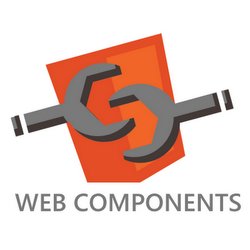
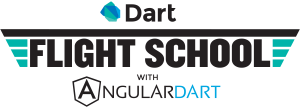
Dart Flight School II
Dart helps you build modern web apps with a new language, core libraries, and tools such as a package manager, editor, and a compiler to JavaScript. Use Angular with Dart for extra jet fuel.
Use the Dart language, libraries, and tools to write anything from simple scripts to full-featured apps.
Polymer Polytechnic | #it’shackademic
Web Components usher in a new era of web development based on encapsulated and interoperable custom elements that extend HTML itself. Built atop these new standards, Polymer makes it easier and faster to create anything from a button to a complete application across desktop, mobile, and beyond. Polymer is a new kind of library, built atop Web Components, that enables developers to create their own encapsulated, custom HTML elements. With Polymer and Web Components, we can componentize the web!
If you would like to get an invitation to this special codelab, please fill out this form and based upon your responses, we will send you a code invitation to attend the polymer-polytechnic codelab! #itshackademic

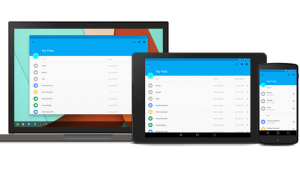
Material Design
Google has created a visual language for users that synthesizes the classic principles of good design with the innovation and possibility of technology and science. This is material design. This spec is a living document that will be updated as Google continues to develop the tenets and specifics of material design.
Cloud
Google Cloud Platform enables developers to build, test and deploy applications on Google’s highly-scalable and reliable infrastructure. Choose from computing, storage and application services for your web, mobile and backend solutions.
Codelab Instructions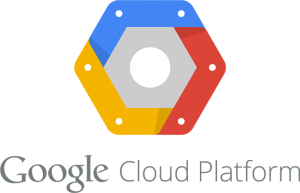

Google Maps | StreetView
Build highly customisable maps with your own content and imagery. Learn how to create rich applications and stunning visualisations of your data, leveraging the comprehensiveness, accuracy, and usability of Google Maps and a modern web platform that scales as you grow. With plenty of Google libraries and services at your disposal (including Geocoding, Directions, Street View and more) your imagination is truly the limit.
Cardboard
Virtual reality has made exciting progress over the past several years. However, developing for VR still requires expensive, specialized hardware. Thinking about how to make VR accessible to more people, a group of VR enthusiasts at Google experimented with using a smartphone to drive VR experiences.
The result is Cardboard, a no-frills enclosure that transforms a phone into a basic VR headset, and the accompanying open software toolkit that makes writing VR software as simple as building a web or mobile app.
By making it easy and inexpensive to experiment with VR, we hope to encourage developers to build the next generation of immersive digital experiences and make them available to everyone.


